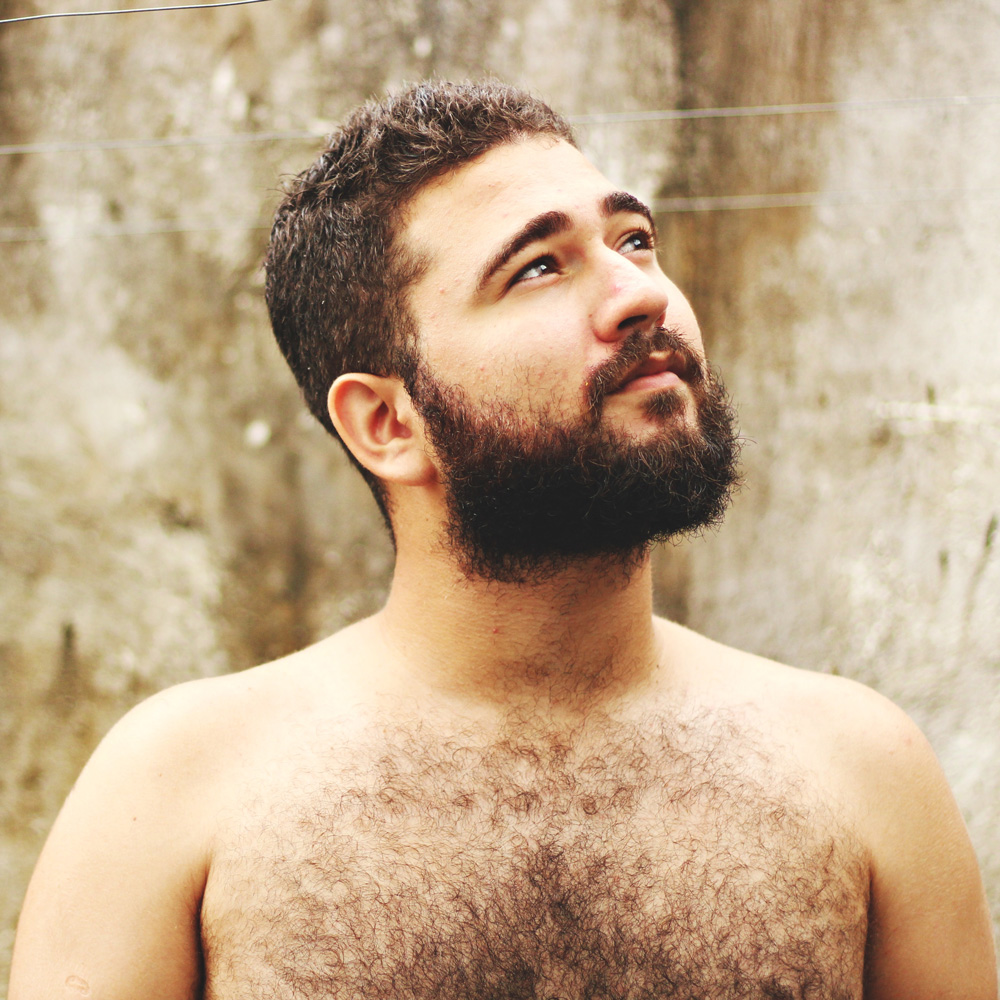Gynaecomastia Surgery Manchester

Gynaecomastia Surgery
Gynaecomastia is a condition affecting men of all ages which can be divided into two main categories. Primary gynaecomastia is as a result of an imbalance in male and female hormones, an imbalance in hormone receptor sensitivity or simply a quirk of nature.
It typically occurs around puberty but can occur at any age although is usually in under 40s. It is characterised by swelling, puffiness and sometimes a firm nodule behind the nipple. This is most notable when wearing tight clothing. It often presents in people who are losing weight and going to the gym who find that any additional weight loss or toning activity makes the chest look worse and gynaecomastia more prominent.
Other key causes which we sometimes see in young men are bodybuilding steroid use even for a very short period, excess cannabis use or much more rarely testicular lumps producing hormones.
Secondary Gynaecomastia
The other type we call secondary gynaecomastia. This is typically caused by excess weight gain and or subsequent loss. A combination of the weight itself accumulating on the chest but also fatty tissue producing its own form of female hormone can cause breast tissue development. This second type of gynaecomastia is more responsive to weight loss but once glandular tissue has formed then no amount of exercise will make it go away.
The second type, when combined with weight changes often results in pendulous sagging skin which creates an additional aesthetic problem.
Please view the short video below where Adam talks through Gynecomastia.
Initial Consultation
Your initial consultation as always at Adam Goodwin surgery is free. We will discuss the duration of the problem, whether it’s one side or both (one sided is fairly common) and also your general health. If your gynaecomastia is primary then we will discuss the common risk factors but in the vast majority of cases, these are all negative.
If you are experiencing secondary gynaecomastia then we will talk about your weight, how it has changed over recent times, your future weight change goals and your overall aesthetic aims.
Discussion of any other medical conditions, your job your leisure activities including exercise and your relationship status are important when discussing gynaecomastia and its treatment.
Primary gynaecomastia can be mild or moderate. The mild version may present with a glandular element ranging from the size of a small sweet all the way up to the size of half an orange.
When small, the fat and gland can be removed under local anaesthetic and sometimes even in a simple outpatient setting. Moderate gynaecomastia is treated in main theatre either under local or general anaesthetic depending on patient choice.
Secondary gynaecomastia typically not only involves removing of glandular tissue but also excess fat and pendulous skin. This is a larger operation, always performed under general anaesthetic and always in main theatre.

The Surgery
After information about treatment, scars, recovery, benefits, risk and limitations is provided and discussed you will speak to your surgeon on the day of surgery. Photos will be taken. Depending on the anaesthetic option chosen, you will either be awake or asleep for the procedure. If awake then the only unpleasant experience is the local anaesthetic injections at the start. These are uncomfortable but last only for a very short period of time.
If under general anaesthetic then your anaesthetist will speak to you on the day of surgery also.
Gynaecomastia is removed using a combination of liposuction to extract the fatty padding around the glandular tissue and a small incision under the curve of the nipple to remove the glandular element.
In the vast majority of cases of mild to moderate gynaecomastia, only this small incision sitting within the natural curve of the nipple skin complex is needed. The entire gland is removed through this hole.
Dissolving stitches are placed and some form of dressing and or chest binder garment will be applied to create pressure. Swelling bruising and a small amount of bleeding into the empty space are quite common after gynaecomastia surgery and the pressure is to minimise this effect.
Recovery
In the large majority of cases, patients can go home the same day following surgery. They are very much advised to take it easy for the week immediately following surgery. Lifting of the arms over the head or any physical activity will be uncomfortable. We often compare the post-operative discomfort to having done 50 more press ups then you’re used to. A dull ache especially on excessive activity is to be expected.
Pain medicine will be given on discharge and it’s advised not to go to work unless it involves minimal activity for at least a week following surgery. There will be inevitable swelling and bruising which may track down the chest towards the bellybutton. This is normal.
Patients can shower after removing the binder. The dressings should remain intact and can be padded dry. The binder should then be replaced. Review will be arranged for typically one week following surgery to check on the swelling bruising and scars.
At this point, if all is proceeding well, light activity can be resumed. Jogging and light exercise should be left until 2 to 3 weeks following surgery and bodybuilding activities should be reserved for typically four weeks.

Potential Complications
There are a number of complications from gynaecomastia surgery, most of which are mild and temporary. Swelling and bruising are inevitable but typically soften and fade from 2 to 4 weeks onwards. There will be a semi circular scar under the nipple which in the early days will look crimped and tight.
Again this will soften and relax but may take three months or longer. Change the nipple sensation is common. The glandular tissue is tightly stuck to the back of the nipple and the very small nerves that bring sensation to the nipple have to be cut to remove it effectively.
Quite commonly, sensation returns but this cannot be guaranteed in all cases. Scar tissue developing behind the nipple can result in a pulled in effect. Given time, this often settles and relaxes but occasionally a small releasing operation under local anaesthetic is required. The accumulation of a significant amount of blood in the empty space where the glandular tissue once was, otherwise called a haematoma, is not uncommon.When small these can be left to settle very similar to a black eye.
When medium or large, evacuation of the haematoma is sometimes recommended. Subtle asymmetries are usually accepted. The overall cosmetic result is a significant improvement on the preoperative appearance. Perfect flat symmetry however is unlikely.
Is Gynaecomastia for me?
Once dense glandular breast tissue has developed then surgery is the only effective treatment option. If there are any concerns about the cause of gynaecomastia than these will and should be investigated before any surgery.
If you believe that you have gynaecomastia or excessive glandular tissue in front of the chest associated with significant weight loss, then by all means seek a consultation at Adam Goodwin surgery. We would be happy to discuss your condition and what we can do to help.
Gynaecomastia
1-2
Time in Theatre
1
Time in Hospital
1-2
Recovery to Comfort
2
Recovery back to work
3-4
Back to full exercise


